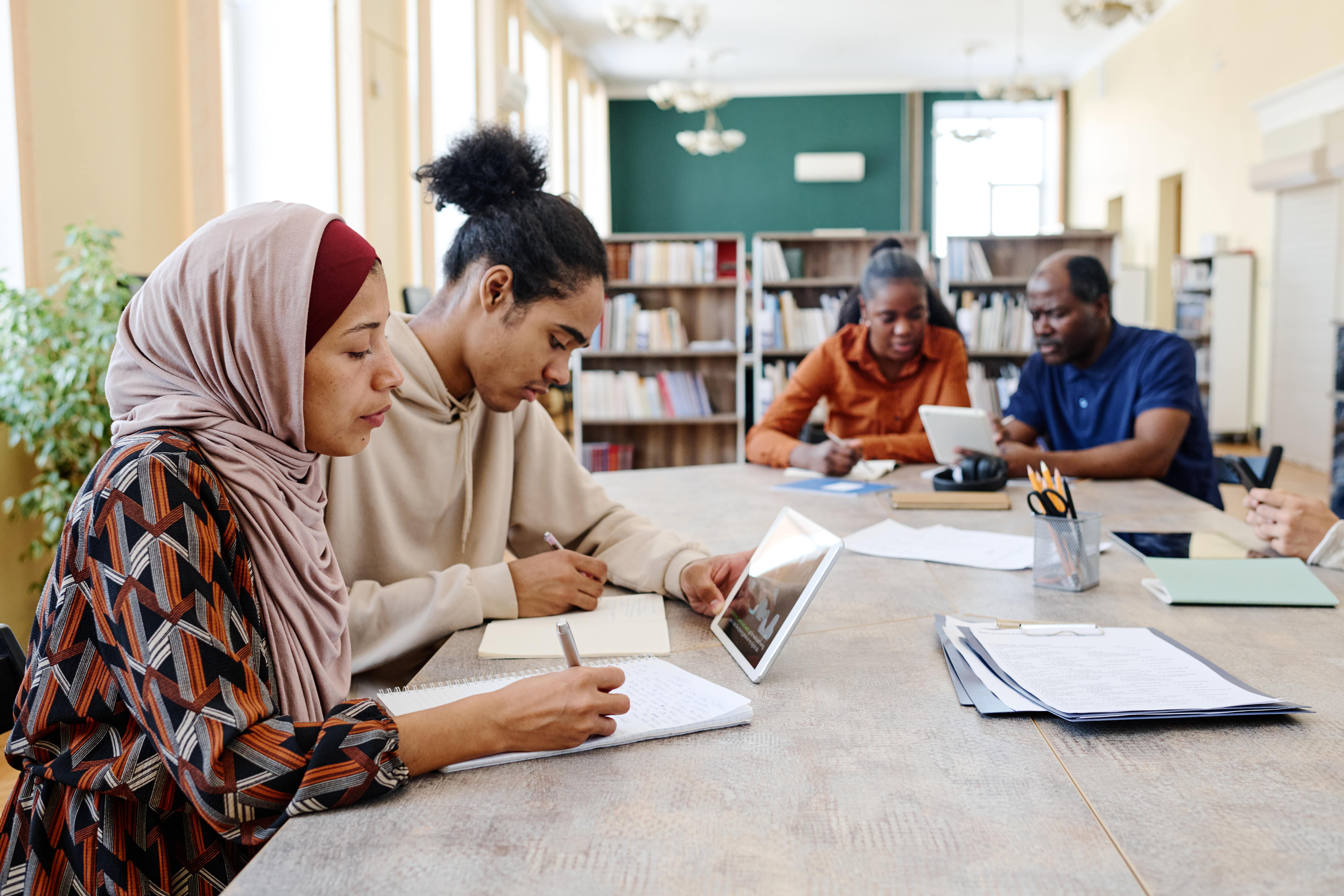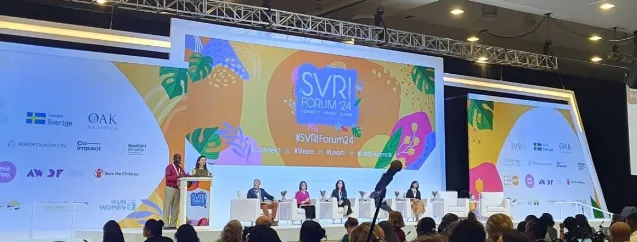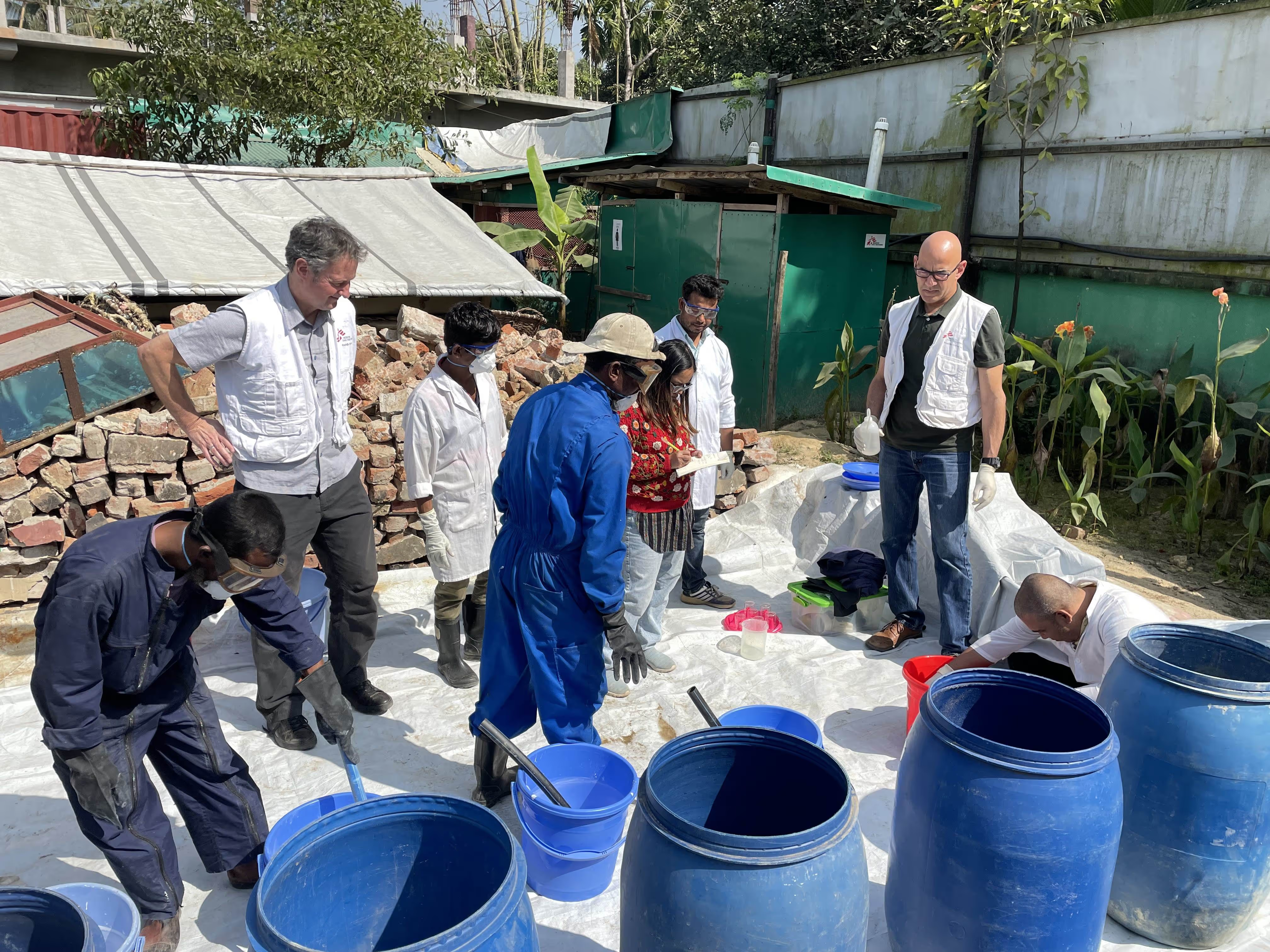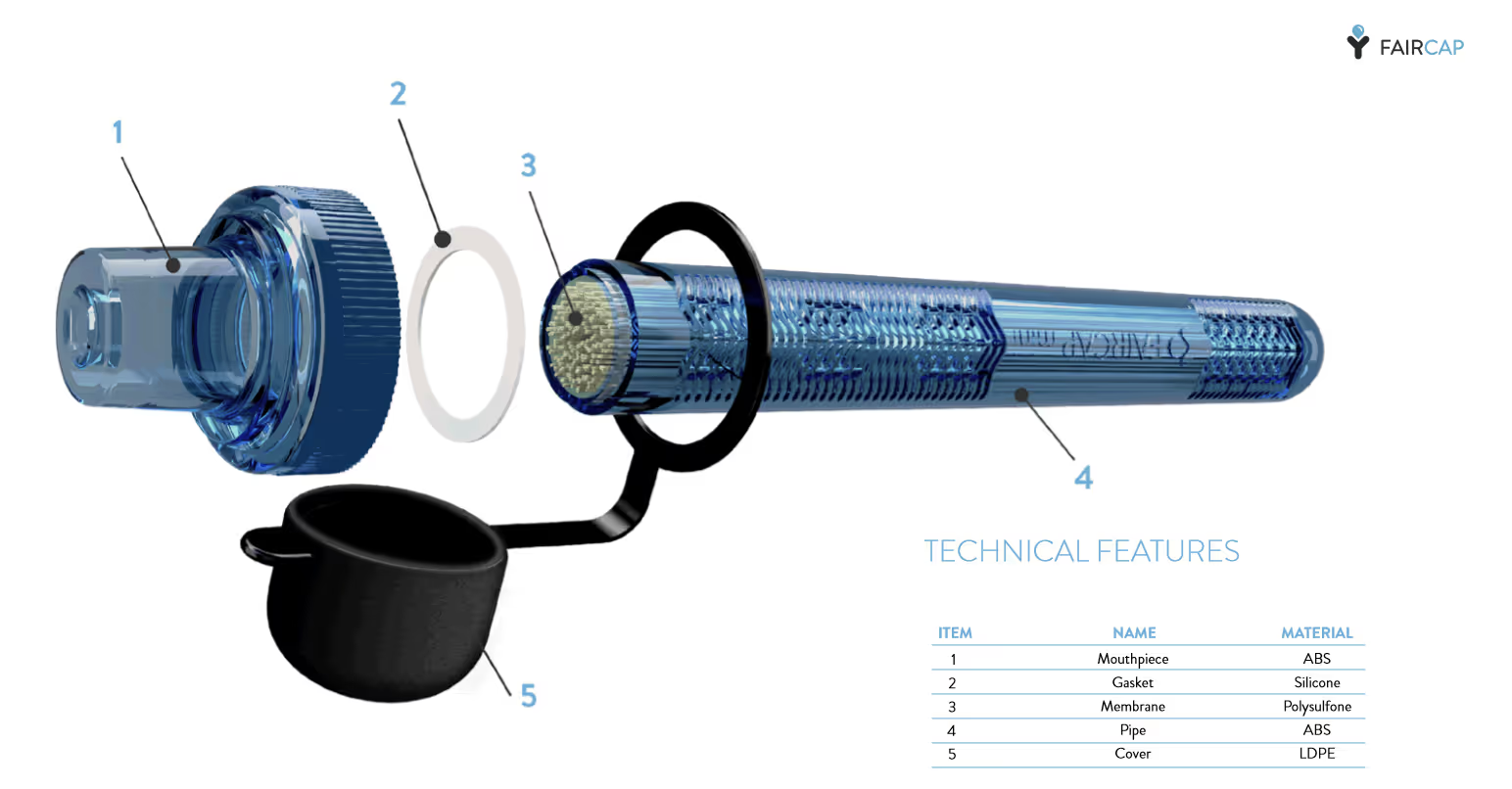Faircap: Rapid Prototyping and Collaborative Design
20
September
2019
Type
Grantee insights
Area of funding
Humanitarian Innovation
Focus areas
Scale
No items found.
Year

Innovation often relies on what other people have previously invented and what tools and technologies you can already apply to advance your own ideas.
Before we started, we planned to use polymer materials that could be spun to make highly efficient and high flow membranes. These had been invented decades ago and have been used for making high volume water purification plants on an industrial scale. We thought they could possibly be “hacked” and used to make a tiny purification device for our filter.
We also thought that the modern distributed manufacturing model - where different companies and factories collaborate to assemble a final product, could allow us to make a working filter without making large initial capital investments in machines or a factory. With an initial idea of the final product and all of these resources available we felt it was just a matter of putting the pieces together.
However, some issues we encountered were:
- 3D design is not a simple standardised process. There are different types of software applications, file formats, design types and technical specifications which must be described in detail to a fraction of a millimeter. After spending months working with parametric software we found out that for making the final molds for large scale manufacturing a different software was needed, as this is an industry standard. Because these two applications are made by different companies the files were not compatible.
- Designing a product that handles water required several considerations. Water is an element which is very hard to seal. We worked for weeks designing and redesigning a cap model that would be water tight. The slightest changes of a fraction of a millimetre mattered. Incorporating an angle to a ring that fits perfectly with lots of kinds of plastic bottles proved to be one of the hardest challenges.
- It was difficult to find a common or standard format for the design of a bottle cap thread, despite its wide use. We found out that there are different standards and designs, and even then some details in the standards were unclear or missing. So we had to design our own thread for two reasons:
- the filter would need to work with many different bottle types
- the filter needed to work either by sucking water through the mouth piece or by squeezing the bottle, so the cap of the filter needed to sustain pressure too.
After months of testing and learning we realised that the only way to make a water tight seal that could sustain pressure was either by:
- Making a cap using a soft plastic such a polypropylene - which is what soda bottle caps are made of, so that they seal properly by deforming the shape of the seal when screwed into a plastic bottle neck.
- Using an additional silicone gasket that would be assembled into the filter cap so that it seals the joint of any bottle neck.
Option 1 was difficult because the whole product had been designed to be molded with ABS plastics (high resistant, food contact safe) with the correct size tolerance in mind. It was not possible now to change the whole project into injection molding with polypropylene. Option 2 was feasible.
Read our two-part project blog next to fond out about the barriers we overcame as part of the development of this project.
No items found.
Stay updated
Sign up for our newsletter to receive regular updates on resources, news, and insights like this. Don’t miss out on important information that can help you stay informed and engaged.
Related articles
all latest news

Elrha insights
Help, hazard or hype: reflections from our humanitarian AI learning journey

Elrha insights
Humanitarian innovations addressing gender-based violence are driving impact

Elrha insights
Innovating for Impact: Tackling the sanitation crisis in humanitarian settings
Explore Elrha
Learn more about our mission, the organisations we support, and the resources we provide to drive research and innovation in humanitarian response.
